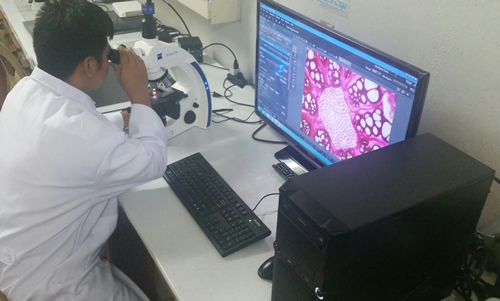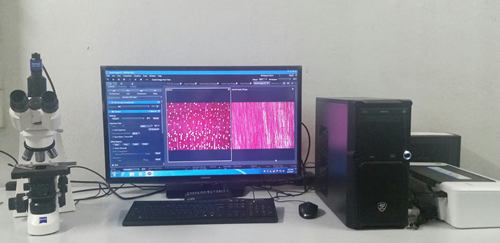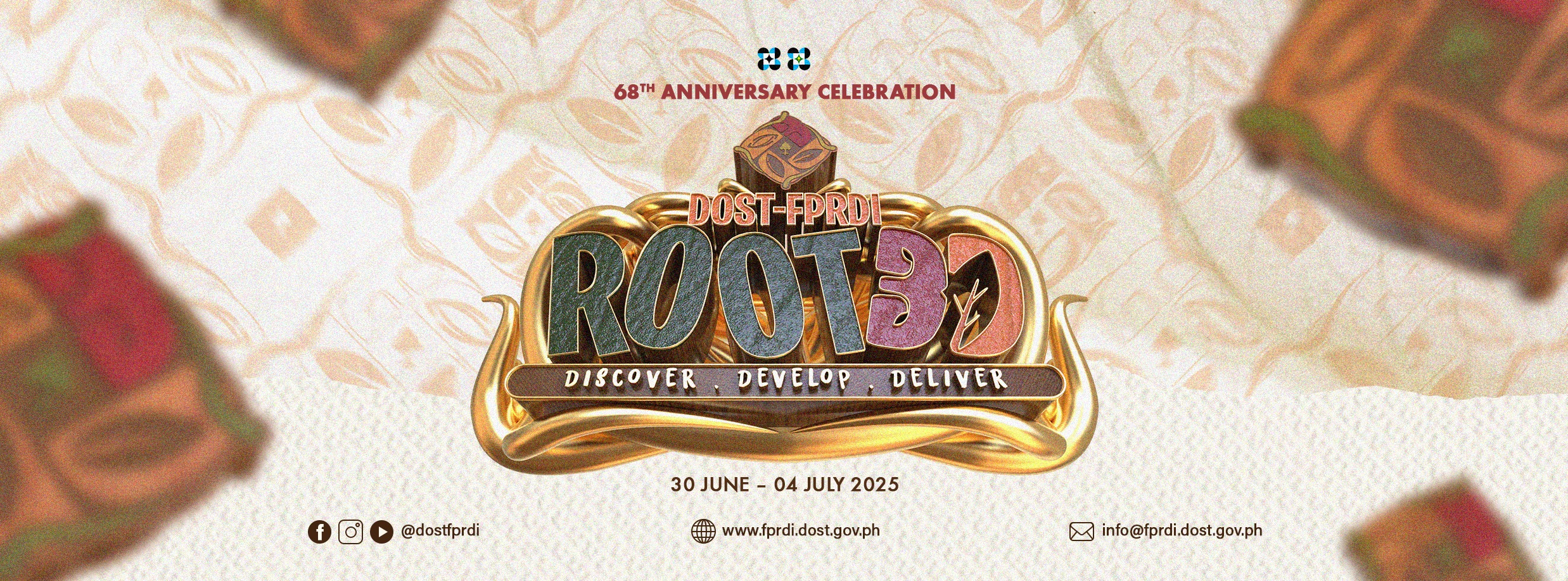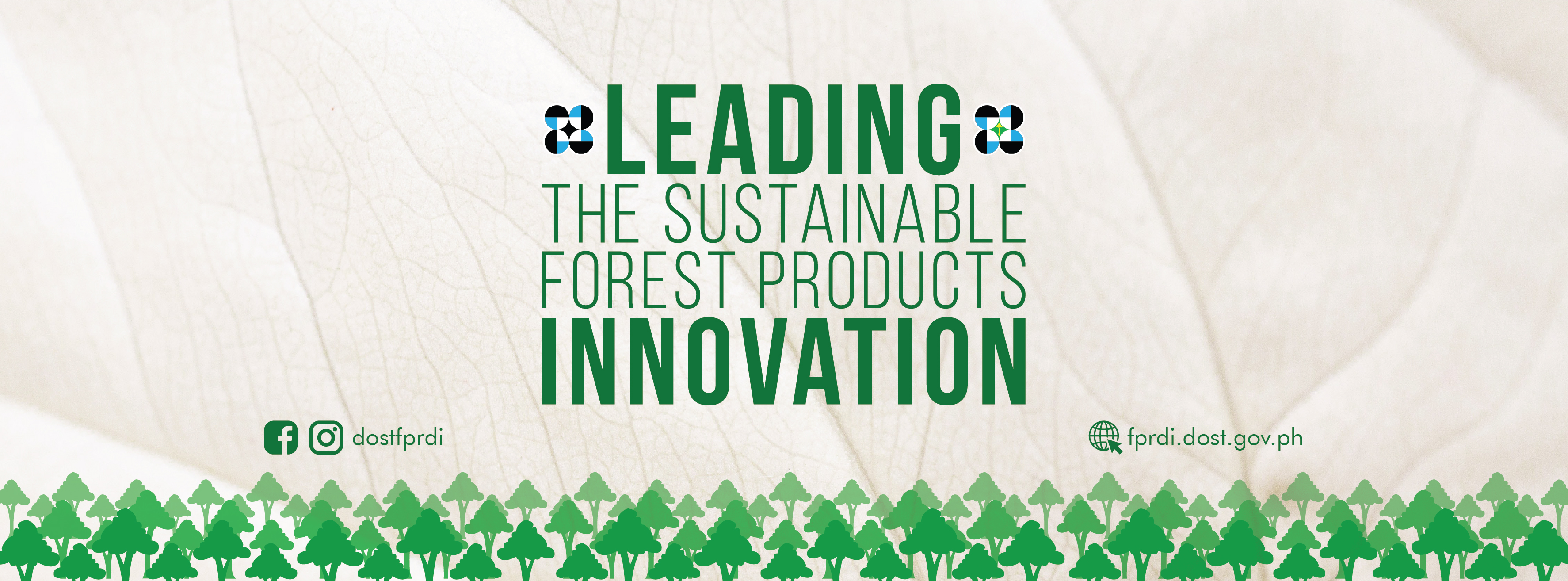FPRDI acquires advanced microscope
June 4, 2015

|

|
(Top) For. Emmanuel P. Domingo peers thru Zeiss Primo Star, a computer-aided microscope recently acquired by the Department of Science and Technology’s Forest Products Research and Development Institute (DOST-FPRDI) to upgrade its study of natural fibers and wood anatomy.
“The microscope gives researchers faster and more precise results as it measures and observes the cells and tissues of specimens thru a computer,” says Domingo. “By understanding the shape and form of natural fibers, we can tell whether or not they are fit for specific end-uses. If a client company, for instance, wants to know if its sample is suitable for making strong handmade paper, we need to check if the fibers are long enough since long fibers mean durable paper. We also need to measure the fibers’ diameter and cell wall thickness to see if they are dense, slender and flexible enough,” he explains.
“This kind of service assures our clients that their raw materials meet global standards of quality,” Domingo continues. “One of our clients, the Specialty Paper Manufacturing, Inc. (SPMI), regularly needs such assurance since it exports food grade and non-food grade specialty pulp usually from abaca and other natural long fibers such as sisal, kenaf and jute. The pulp is used for making high-end specialty papers such as currency and security paper, teabag paper, coffee filter, meat and sausage casing, filter paper, cigarette paper, and stencil paper.”
“The Zeiss Primo Star is a tool for correctly verifying the identity of various wood species, in case one doubts the results of an examination using a hand lens. With a powerful microscope, one can clearly see the distinguishing features that make up wood – cellulose, lignin, ash-forming minerals and extractives. Differences in these features make each type of wood distinct. They determine whether the wood is light or heavy, stiff or flexible, hard or soft, easy or difficult to work on.”
Domingo concludes, “Failure to correctly identify the wood species means failure to identify its properties, its uses and the kind of processing treatment it needs. Likewise, getting to know various wood species down to their cells and tissues enables us to recommend ideal species for the government’s National Greening Program.” (Rizalina K. Araral, 27 May 2015)#











